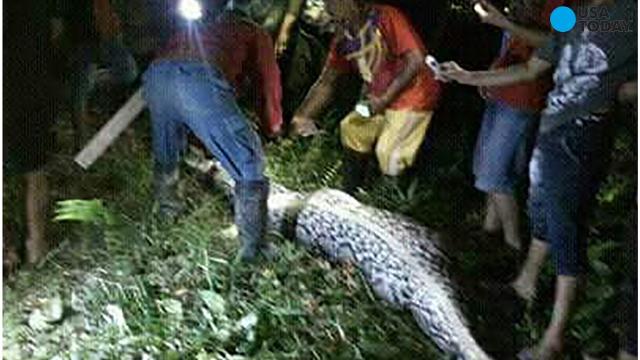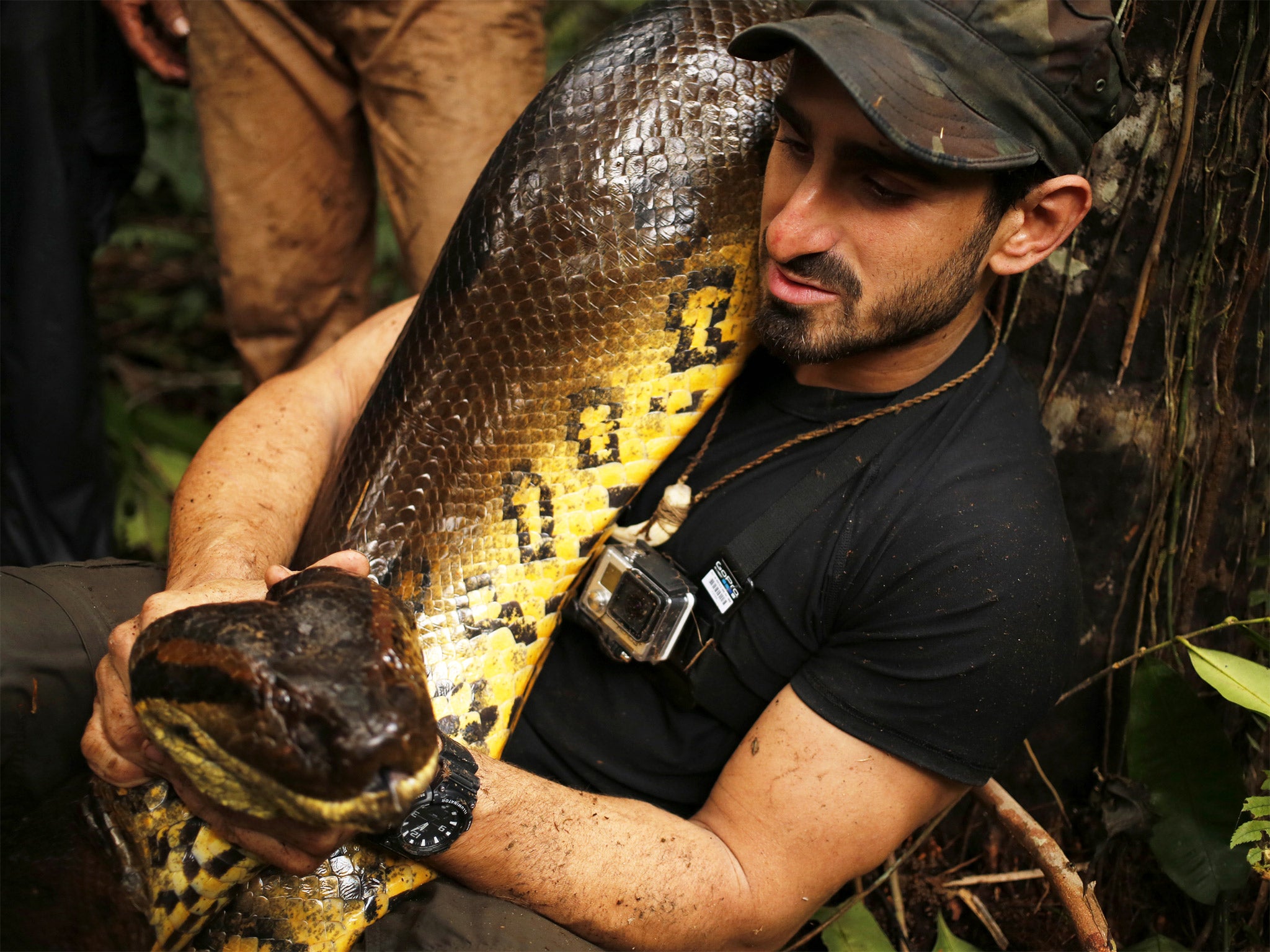

When the savanna dries out though, they bury themselves in mud and enter a state of dormancy. Savannas are seasonally wet which makes them the perfect place for the water-loving anaconda. Where Do Anacondas Hunt? Image Credit: SeaReeds PixabayĪnacondas also hunt on savanna and it should be noted that animals may run across anacondas on dry savanna lands. After the prey dies, the snakes release their coils and then ingest the body headfirst, which helps to avoid issues with eating the limbs of the victim. The constricting usually causes death due to respiratory arrest, but the prey can also drown because many anacondas pull their would-be meals into nearby water. The more the prey struggles, the tighter anacondas constrict. Instead, the anacondas hold their prey with their teeth while they wrap their body around it and slowly constrict their bodies to suffocate the prey. They then use their curved teeth to bite their victim and hold it securely, but they don’t inject venom. When it senses prey, it lurches forward, ambushing the unsuspecting animal. See Also: 7 Snakes Without Teeth (With Pictures)Īnacondas lurk in the water waiting for a tasty morsel to wander by their hiding place.Anacondas have curved teeth to incapacitate prey, but they do not inject any venom as part of the killing process. Snakes can, however, be venomous depending on the species because they can inject venom into their prey with their teeth to incapacitate the prey.


Snakes as a species are not poisonous as you must ingest a toxin for something to be considered a poison. Read on to learn about anacondas and whether they are poisonous.Īnacondas: Poisonous or Venomous? Image Credit: Hans Brexmeier, PixabayĪnacondas are neither poisonous nor venomous. These predators can be found in rainforests, tropical savannas, and grasslands. These snakes can grow up to 30 feet long in the wild, can reach diameters of up to 12 inches, and can weigh up to 550 pounds. This semi-aquatic snake can be green, yellow, or dark-spotted, and lurks in slow-moving water, waiting for prey to walk or swim by. The anaconda is found in the lowlands area of many South American countries.


 0 kommentar(er)
0 kommentar(er)
